


Johannes Brahms
The “Conservatives”


Joseph Joachim
Franz Liszt
Lorem ipsum dolor sit amet, consectetur adipiscing elit. Aliquam tincidunt lorem enim,
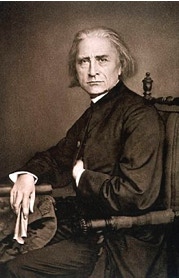
The “New Germans”
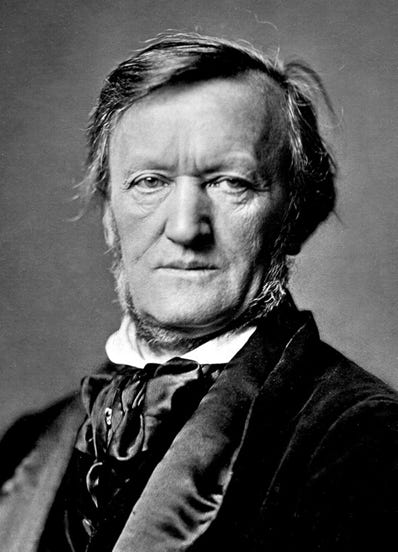
Richard Wagner
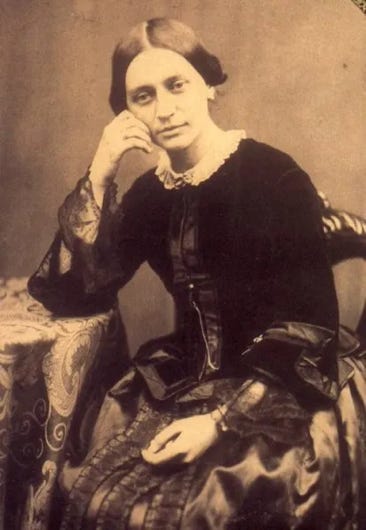
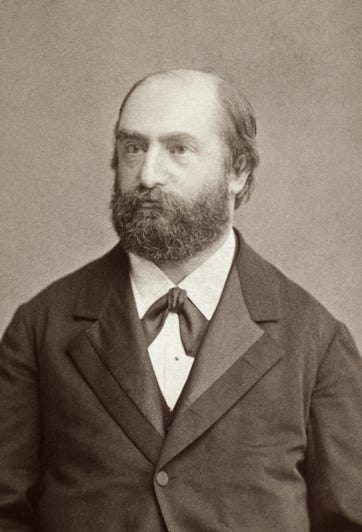


Clara Schumann
Eduard Hanslick
Peter Cornelius
Peter Cornelius
Richard Pohl

The central issue in the War of the Romantics had to do with the question of musical form. Franz Liszt and his followers believed that “new wine required new bottles”—that is to say, writing in a new musical style with emphasis on narrative and pictorial ideas required a re-thinking of traditional formal structure. The traditional structures inherited from the high Classic masters such as Haydn, Mozart and (especially) Beethoven would no longer work: they were obsolete and belonged to the past. The “Conservatives” held true to the inherited forms and sought to infuse them with Romantic content. Hence we have symphonies, sonatas, concertos, etc. from composers like Brahms and Schumann, whereas very few such traditional works from the New German School of composers—especially with regard to Wagner.
Another defining characteristic of this dispute involved the validity of program music (music that carries some extramusical meaning, some “program” or literary idea, legend, scenic description, or personal drama). The critic and author Eduard Hanslick stated that music did not and could not represent anything specific other than itself. Composers such as Brahms eschewed program music and composed “absolute” music—music with no external program or literary/pictorial basis. This is quite a different stance from the New German composers such as Liszt and Wagner (and even more so with the “Godfather” of the New German School, Hector Berlioz—who was French!). Let’s take a specific example. Liszt completed his symphonic poem (he invented the term…) Mazeppa in 1854, which makes use of an epic poem by Lord Byron written in 1818. Hugo's poem introduces Mazeppa as a Ukrainian nobleman who became a page at the court of John Casimir, King of Poland. Due to a love affair with the wife of a Podolian count, Mazeppa was punished and tied naked onto a wild horse that was violently heading toward Ukraine. The horse collapsed in death and Mazeppa was saved by Ukrainian Cossacks who then named him as their leader. Under his leadership, the Ukrainian men gained major victory in the battlefield. Liszt magnificently depicts the action of the drama in his 16-minute work. I have created a video that provides some of the text, along with artwork, to enhance your listening experience of a portion of the work. I hope you find it both enjoyable and instructive. This is program music at its finest: the mad galloping of the horses, the anguish of Mazeppa, etc. The music is telling a story.
The two concepts of form and program music come together in Liszt’s famous idea that the form is dictated by the program. If one is attempting to tell a story through music of the wild ride of a Ukrainian nobleman tied naked to a horse, sonata form may not work very well. The conservatives went further, implying that certain New German works had no form whatsoever, which they found unacceptable.
Let’s consider an example by Johannes Brahms. I offer below the opening four minutes of the Symphony no. 1 by Brahms. That is the only title—there is no programmatic title or subtitle. Clearly, as you listen to the very dramatic opening with the incessant and relentless pounding of the timpani and the shifting chromatic chords and uneasiness in the orchestra, you might be tempted to associate the music with some kind of story or dramatic situation. However, Brahms offers nothing on this point. It is music, pure and (not so) simple. Absolute music at its finest.

The fuse that sparked the War of the Romantics was a Manifesto that was written (largely by Brahms and Joachim) in 1860 that attacked the New German composers and their so-called “Music of the Future”. The manifesto stated:
The undersigned have long followed with regret the pursuits of a certain party, whose organ is Brendel's "Zeitschrift für Musik". The above journal continually spreads the view that musicians of more serious endeavour are fundamentally in accord with the tendencies it represents, that they recognize in the compositions of the leaders of this group works of artistic value, and that altogether, and especially in northern Germany, the contentions for and against the so-called Music of the Future are concluded, and the dispute settled in its favour. To protest against such misinterpretation of facts is regarded as their duty by the undersigned, and they declare that, so far at least as they are concerned, the principles stated by Brendel's journal are not recognized, and that they regard the productions of the leaders and pupils of the so-called New German School, which in part simply reinforce these principles in practice and in part again enforce new and unheard-of theories, as contrary to the innermost spirit of music, strongly to be deplored and condemned.
Though it is not clear in the article—they should have made it clear—their main target was Liszt and the Music of the Future propaganda machine. As Eduard Hanslick wrote in 1862, “Liszt’s and Wagner’s compositions have the force of military commands. As soon as any work by one of these gentleman appears, a small literature of explanatory articles, brochures, etc. follows in its footsteps.” Joseph Joachim wrote: “I, friend Brahms, and several others have lately discussed the evil influence exercised by the ‘New Germans” … who, in their vanity and arrogance, regard everything great and sacred which the musical talent of our people has created up to now as mere fertilizer for the rank, miserable weeds growing from Liszt-like fantasias.” Clearly, this was a war of words! Wagner called the Conservative composers “the posthumous party” as though their works were already dead and forgotten.


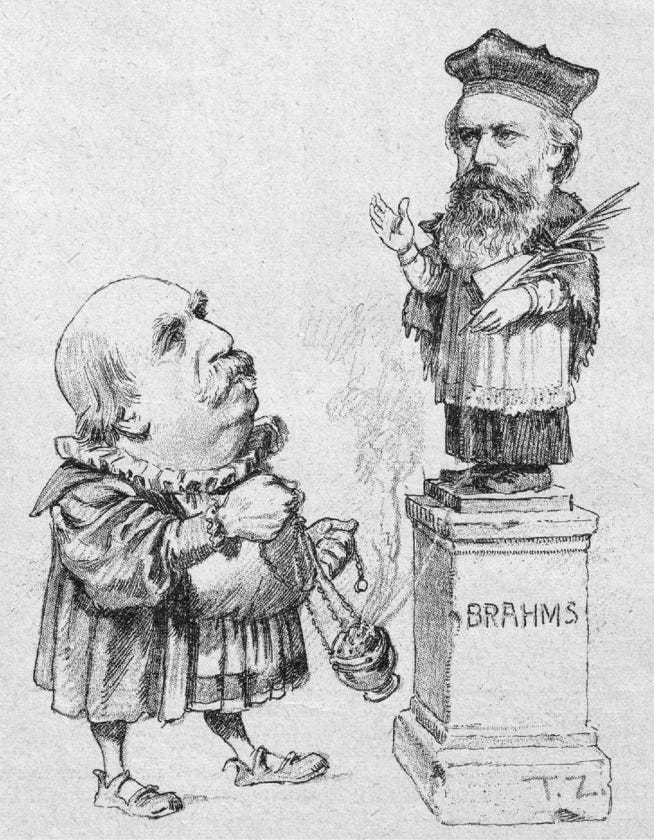
Wagner and Brahms were, by far, the most important players in this prolonged feud between the progressives and the conservatives. For one thing, they were both German! Secondly, they were unquestionably the greatest living composers in Germany by the 1860s and 1870s. There was no love lost between them, although Brahms always stated that he admired Wagner the musician, and he kept a score of Wagner’s Das Rheingold on his piano. On the one confirmed occasion that the two titans of German music met, and Brahms played his “Handel Variations” for him, Wagner is said to have commented: “One sees what may still be done in the old forms when someone comes along who knows how to use them.” Brahms retained a private respect for Wagner that mounted over the years; over and over he declared to friends, “I am the best of Wagnerites.” Brahms was given word while conducting a rehearsal in 1883 that Wagner had died, and he solemnly laid down his baton and announced, “Today we sing no more. A master has died.”
One last thing to mention with regard to the differences between the “New Germans” and the “Conservatives” concerns the use of harmony. It was Liszt and Wagner who pushed the limits of traditional harmony to the breaking point of traditional tonality (that would occur in 1908 with Arnold Schoenberg) in their works. The conservatives (i.e. Brahms) generally made use of more traditional harmony—definitely enriched with chromaticism, of course. Wagner really went very far in terms of progressive harmony and paved the way for the 20th century. One should note as well that the use of the orchestra was quite different between the New Germans and the Conservatives. Wagner pushed the difficulty level for all orchestral musicians to the very limits of playability; I know this from personal experience of having played violin in his Ring Cycle and Tristan und Isolde during my early years as a professional symphony/opera musician. Impossible!
Here is a fine example of mature Wagner: the ending moments of Die Walkúre, the second music drama in his series of four that make up the Ring of the Nibelung cycle. Note the very rich use of harmony, the deft orchestration, and the repetition of small motives (called “leitmotives” which bind the music together.